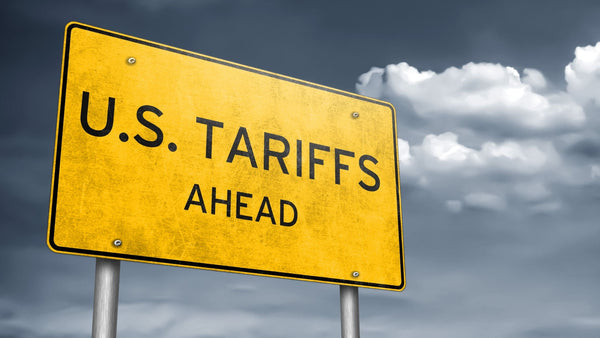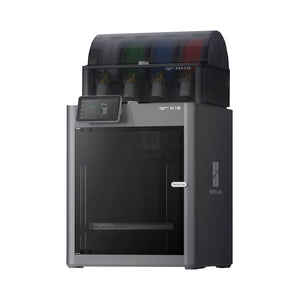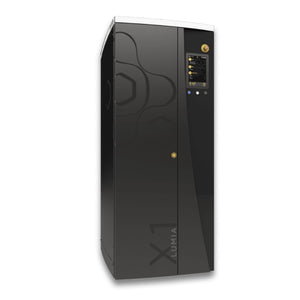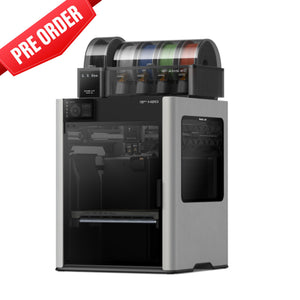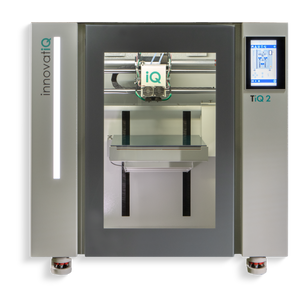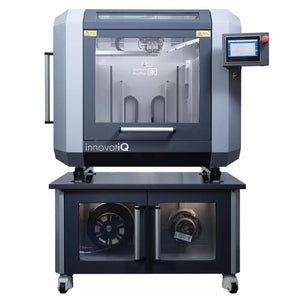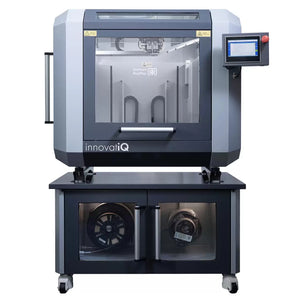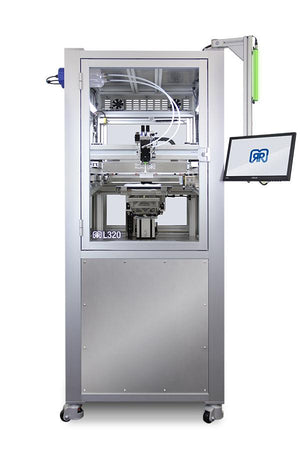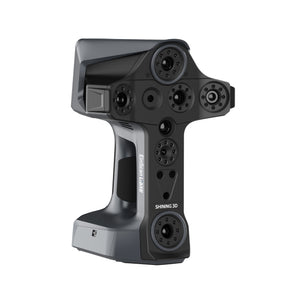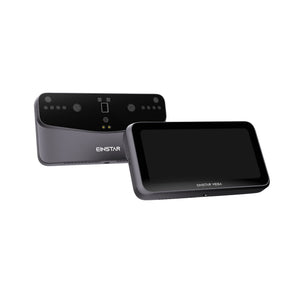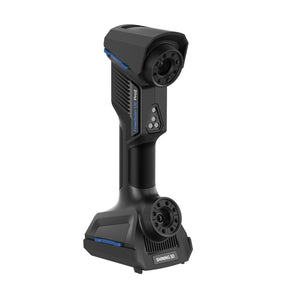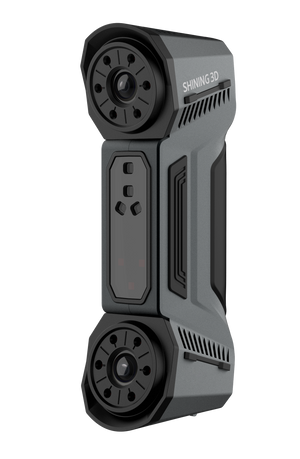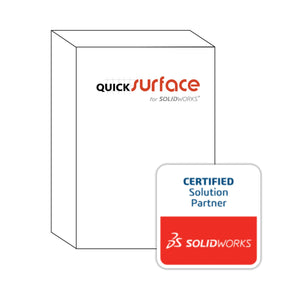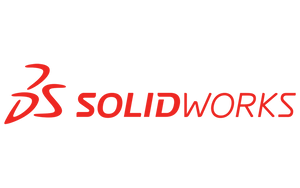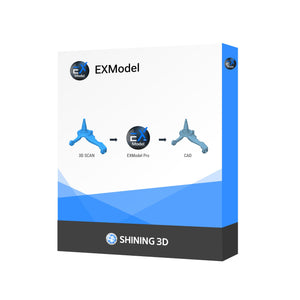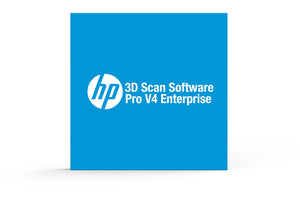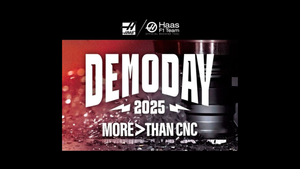Apr 15, 2025
From Tariffs to Turnaround: The Hidden Costs of Overseas Production
For years, offshore manufacturing was the obvious answer. Cheaper labor, scalable operations, predictable profit. But that old model is breaking—and fast. What used to be a cost-saving move has quietly turned into a liability for a lot of companies.
We’ve entered a new era of hidden costs:
-
10% to 145%+ tariffs that hit your margins overnight
-
Months-long lead times on simple parts
-
Freight rates that spike without warning
-
QC issues you don’t know about until it’s too late
-
And worst of all: zero control when things go sideways
If any of that sounds familiar, you’re not alone. We talk to folks every week who feel stuck. They’re trying to grow, but their suppliers are holding them back. Or they’ve built their business around a part that suddenly isn’t available—or affordable—anymore.
That’s exactly what happened with Winco. They came to us because they were getting hammered with overseas delays and inconsistent quality. Together, we developed a solution using SLS 3D printing to take control of a key part. Now they’re printing parts on-demand, with consistent quality and no international drama. Check out their story here:
That’s the power of onshoring with additive. You don’t need a massive factory or a seven-figure budget. You need the right tools, the right approach, and a partner who’s been through it before.
At 3DChimera, we’ve been helping companies break free from manufacturing dependency for over a decade. We guide our clients through the entire transition—from design to production—so they can move faster, cut risk, and scale smarter.
This isn’t about chasing trends. It’s about building resilience. The companies that survive the next few years won’t be the cheapest—they’ll be the most adaptable.
If you’re still relying on an overseas vendor for critical parts, it’s time to ask:
What’s that actually costing you?
Let’s talk. Or follow along—this article is just the first in a series where we’ll unpack real strategies to take back control of your manufacturing.

